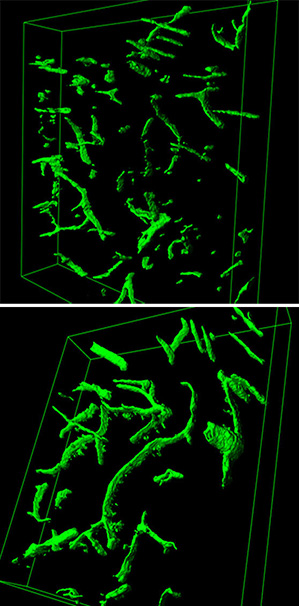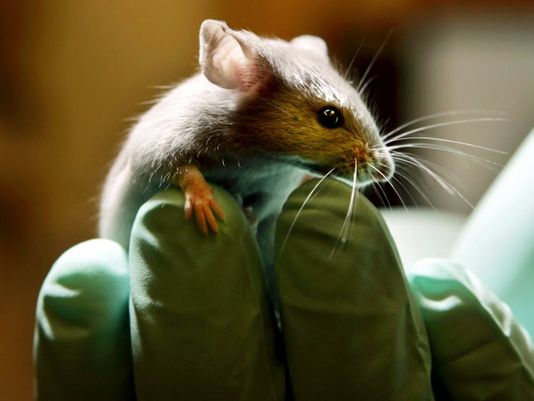A new study by researchers at the Harvard Stem Cell Institute is exploring the effect younger blood can have on older patients, particularly if that younger blood could be used to treat dementia and heart disease. The study on mice is building from the findings of a previous study where the data showed that the blood of younger mice could rejuvenate older mice, restoring muscle tissue and sometimes even improving brain activity.

“We started this work more than a decade ago, with a kind-of crazy hypothesis that there might be something in the blood that influences tissue repair with age,” says Amy Wagers on MIT Tech Review, one of the coauthors of the two of the new works that explore this method of treatment.
Though the study on mice was retracted due to questions regarding particular cells, Wagers’ work has found that linking the circulatory systems of young and old mice helped improve the function of the hearts of the older mice. Using that work, Wagers and the other researchers were able to determine that the younger mice had more of something called GDF11, a protein growth factor that is also found in human blood.

After that, the team found that injecting older mice with GDF11 rejuvenated their hearts, while also having restorative effects on muscle tissue and brain function. An unconnected study by researchers at Stanford University came to the same conclusion, showing that an infusion of young blood affects the behavior and neural activity of old mice. The Stanford team recorded improvements in learning, memory, and the connections between neurons in the hippocampus.
Boston venture-capital firm Atlas Venture has started a new company, as yet unnamed, based on Wagers’ results, that will reportedly target heart failure considering that’s the area that has shown the most improvement in mice.

“But now that we have a molecule that we can understand at a mechanistic level, we can start to build out the network of what is changing in the blood, find things that interact with GDF11, and regulate it to give us a clearer view of the network” said Wagers, after stating that the GDF11 protein alone will not provide the full beneficial effects of young blood.
For more information, you can find the full study here.
Source MIT Technology Review
Advertisement





